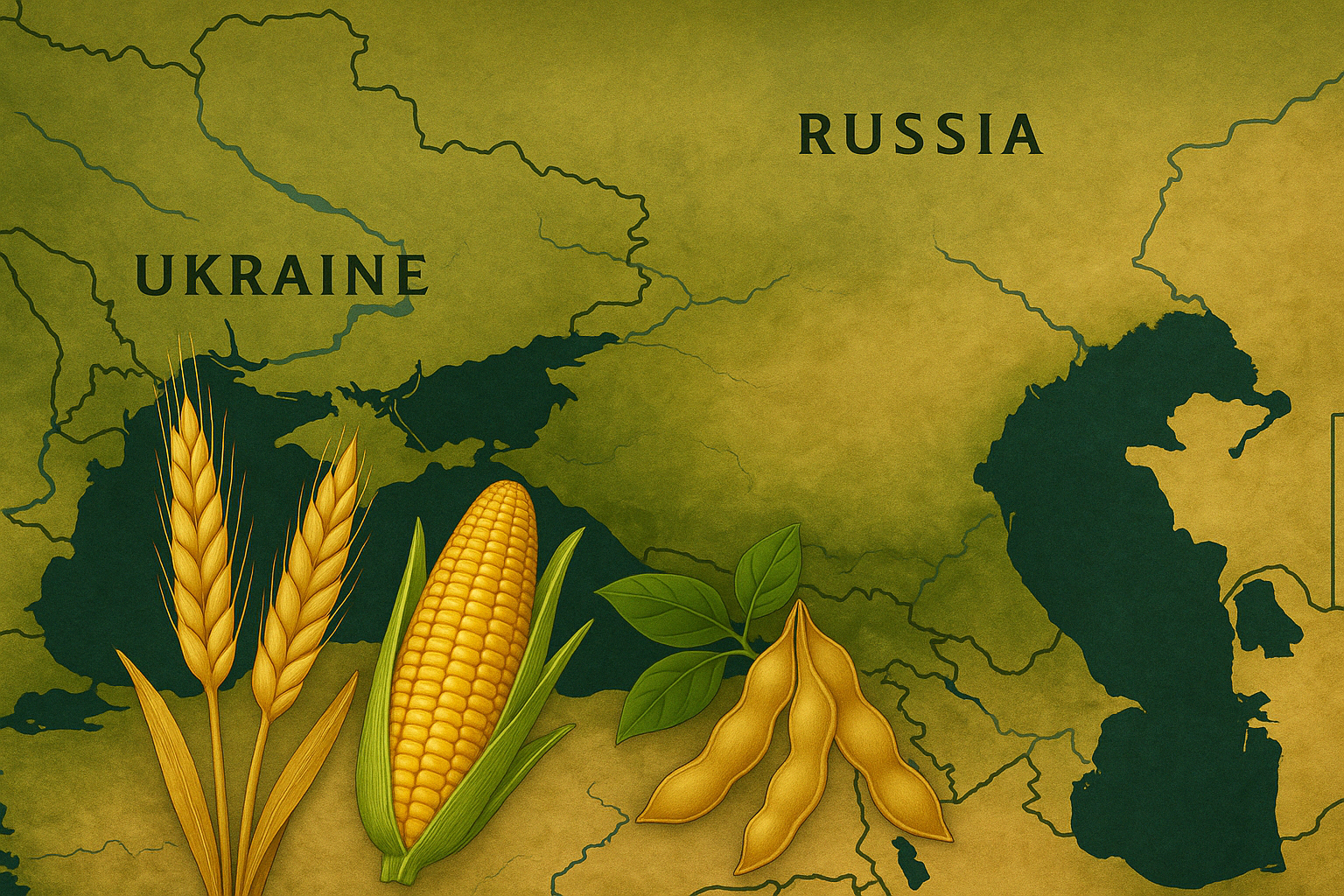The Black Sea grain market is undergoing significant developments in the 2025/26 season, marked by record-breaking production forecasts, improved weather patterns, shifting export strategies, and infrastructure cost changes that are set to reshape trade dynamics across the region.
Romania Poised for Historic Harvests
Romania, a key player in the European grain market, is on the verge of its largest wheat and rapeseed harvests in history. Favorable late-spring rains and warmer temperatures offset earlier delays in sowing due to a cold April, allowing winter crops to develop exceptionally well. The Romanian Ministry of Agriculture estimates wheat-planted area at 2.22 million hectares, with yield projections ranging from 4.97 to potentially over 6.3 tons per hectare. Depending on final yields, total wheat production may surpass 13 million tons—possibly even reaching 14–15 million, as speculated by government officials, exceeding all previous records. Rapeseed plantings also hit an all-time high of over 702,000 hectares, and output could cross 2 million tons, supported by strong biomass conditions and improved moisture reserves.
However, the barley area has declined, likely due to farmers reallocating land toward more profitable wheat. Corn remains Romania’s dominant crop by area, though long-term trends show a gradual contraction in acreage. Despite this, the 2025 corn harvest is expected to rebound significantly from 2024’s poor performance, with production estimates ranging from 10.1 to 11.4 million tons.
Oilseed Complex Evolves Amid Processing Bottlenecks
Romania’s oilseed sector continues to expand, especially in rapeseed and sunflower seed production. Timely rains supported yield potential, leading to expectations of a 7% yield increase over the 5-year average. Sunflower seed production is projected to jump 50% year-on-year following a disastrous 2024 crop. However, local processing capacity lags behind, prompting Romanian crushers to import Ukrainian crude sunflower oil for domestic refining. While exports remained strong—buoyed by high prices and Turkish demand—low domestic margins and global competition continue to hinder value-added processing growth.
Bulgaria Projects Major Oilseed Recovery
After several years of weather-related setbacks, Bulgaria is anticipating a strong rebound in oilseed output. Rapeseed yields are forecast to be 3% above the 5-year average and sunflower seed production is expected to rise 22% year-on-year, reaching 2 million tons. The rapeseed area grew by over 50% compared to last year, aided by excellent crop conditions across 90% of the country’s winter fields. The Ministry of Agriculture’s optimism is echoed by FAS (USDA), which notes potential for even further gains if favorable summer weather continues.
Geopolitical and Structural Shifts: Bosphorus Tariff and Regional Strategy
Starting July 1, 2025, Turkey will increase transit fees through the Bosphorus and Dardanelles straits by 15%, raising costs to $5.83 per ton. This move, tied to rising gold prices, could impact grain exports from Black Sea ports, especially those shipping via the Danube. As the fourth tariff hike since 2022, it may strain competitiveness for bulk commodities like wheat, corn, and oilseeds, prompting traders to reassess logistics routes.
Meanwhile, Romania and other Danube countries are gaining influence in regional grain flows. With CME evaluating Black Sea futures contracts linked to Romanian and Bulgarian port prices, the region’s strategic role in global grain trade is expanding. The strong 2025 harvest could accelerate this transition, especially if logistics adapt quickly.
Ukraine’s Domestic Focus and Trade Disruptions
Amid ongoing conflict, Ukraine is emphasizing value-added exports and domestic processing. Government and donor-backed initiatives are shifting strategy toward refined goods rather than bulk grain exports. However, recent proposals to impose a 10% export tax on rapeseed and soybeans have triggered backlash from farming groups, citing potential revenue losses and damaged trade relations.
While sunflower and rapeseed sowings have exceeded expectations, and strong harvests are likely, structural bottlenecks in processing and logistics persist. New EU quotas and tariffs on Ukrainian grain have yet to affect prices, but the longer-term implications could reshape trade routes and competitiveness.
The Black Sea grain market is entering a transformative phase in 2025/26. Romania and Bulgaria are rebounding from previous poor seasons with potential record crops, while Ukraine is reconfiguring its export strategy. Infrastructure cost changes, such as Turkey’s tariff hikes, add new variables. Overall, the region is well-positioned to play a more strategic role in global grain supply—but only if logistics, processing, and policy adapt to the evolving landscape.

